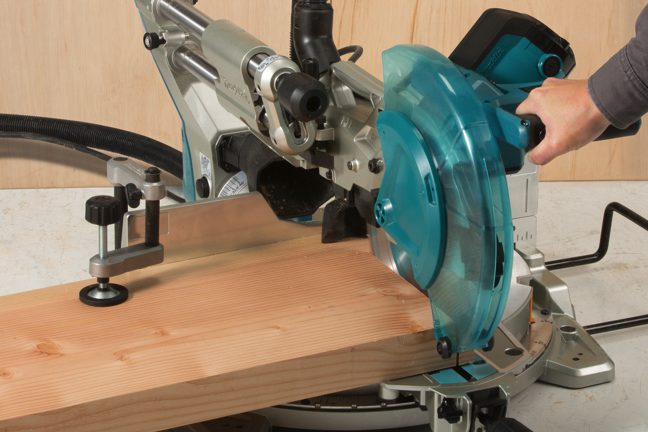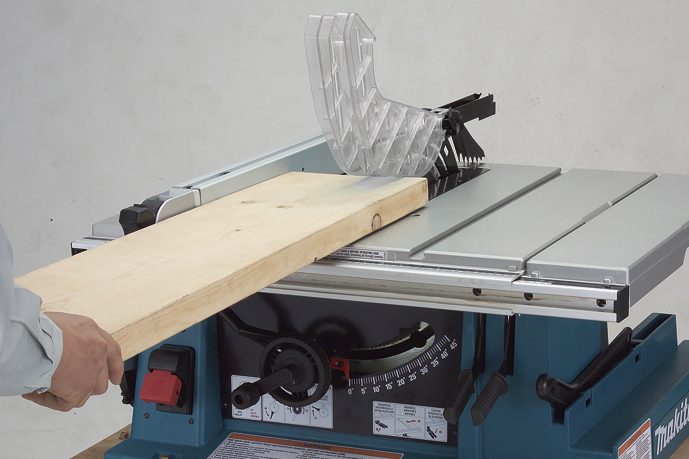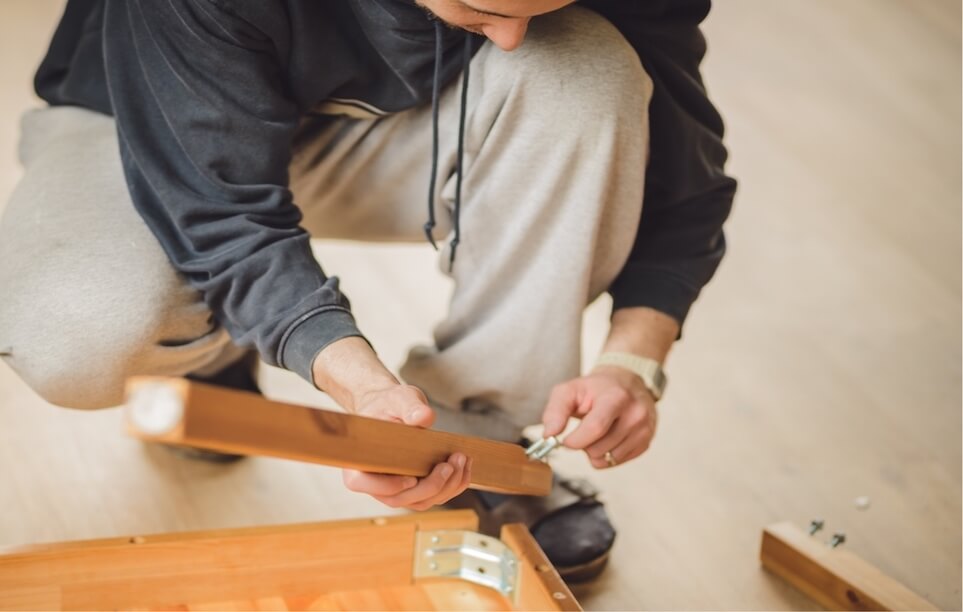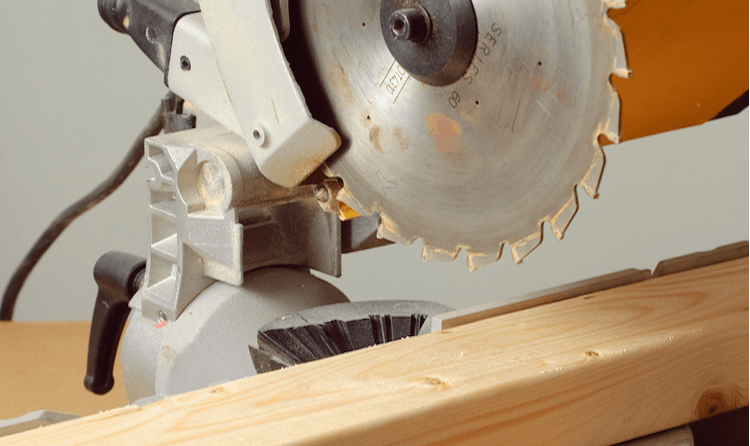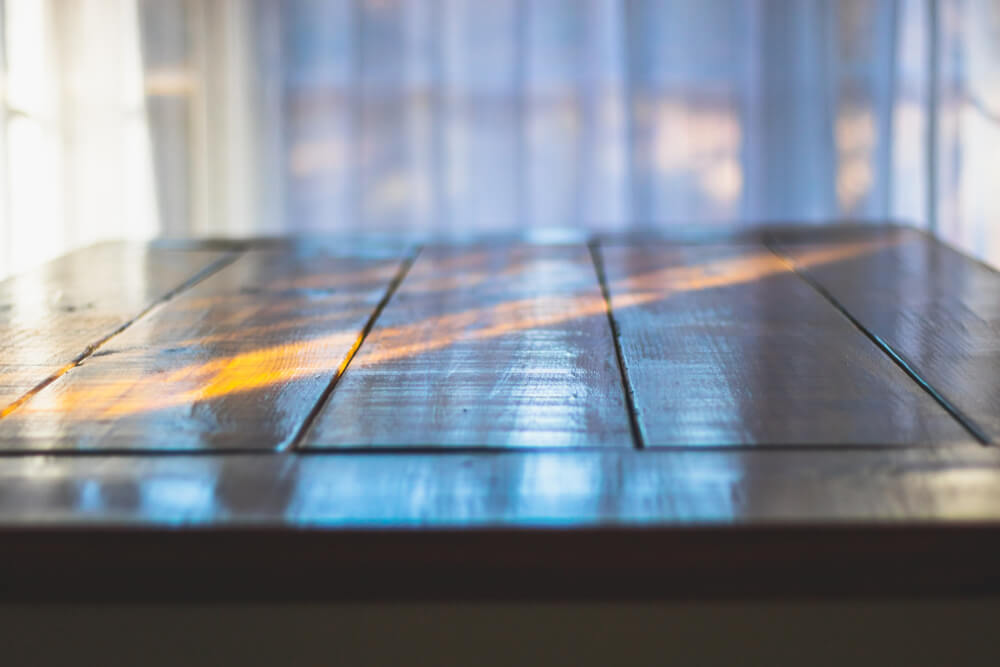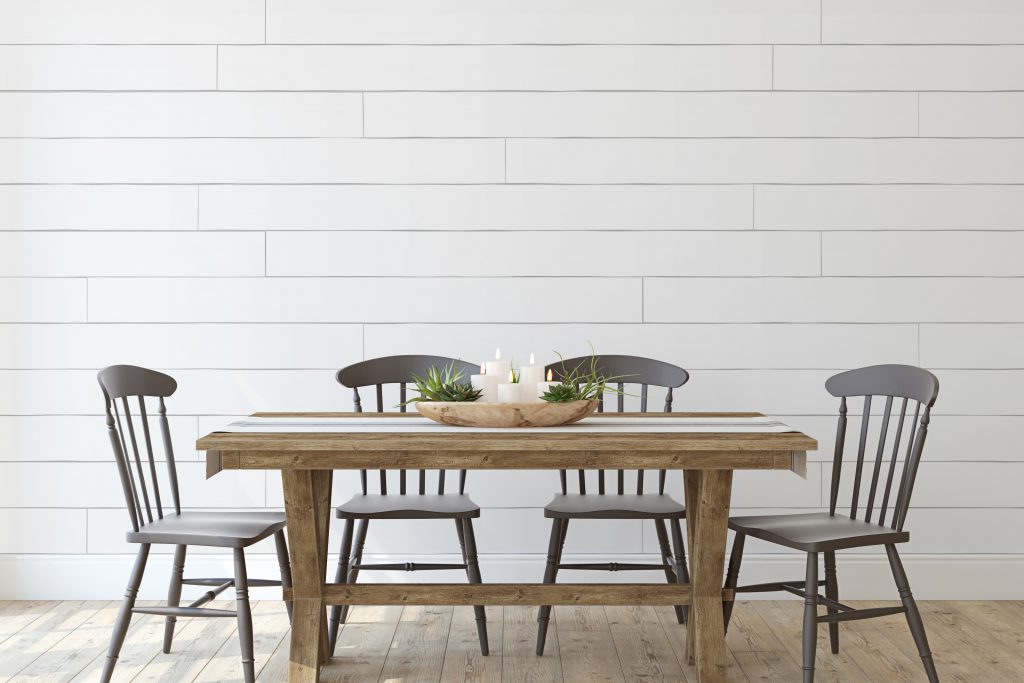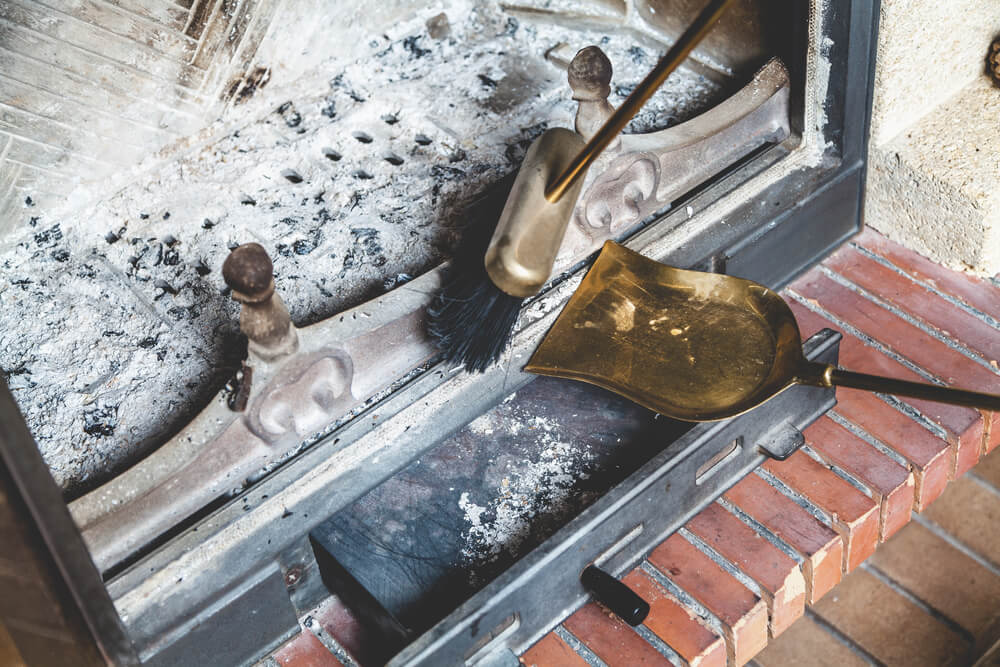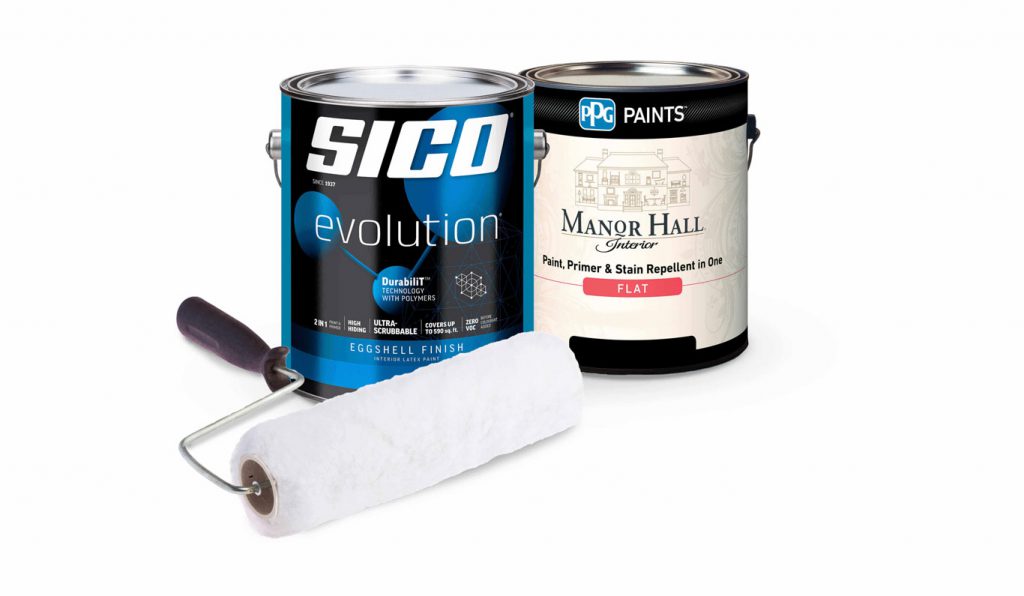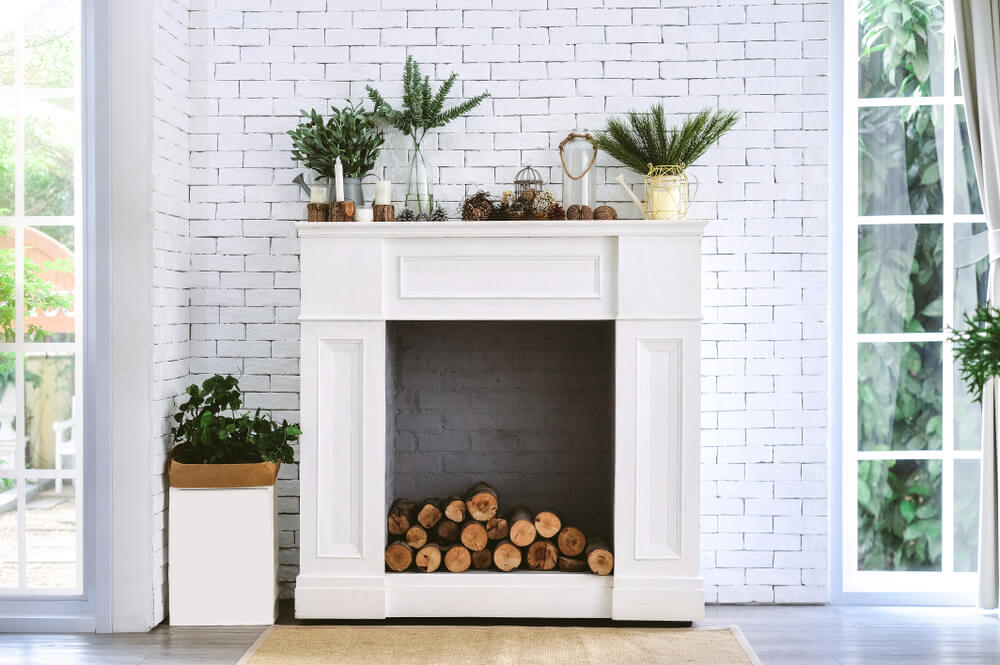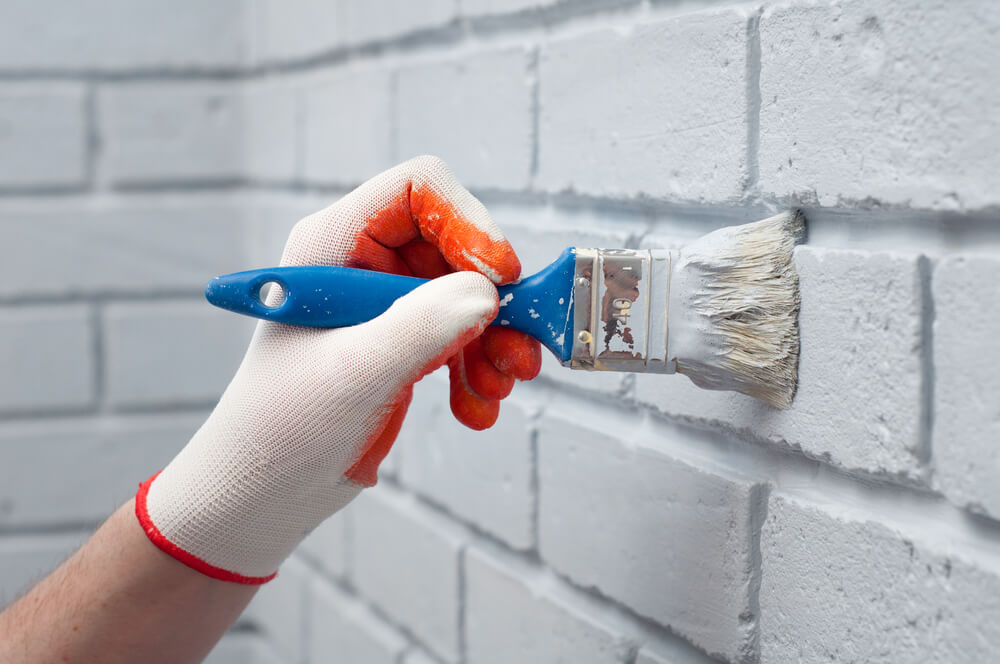Insulation may be hidden away in the walls and floors of your home, but it’s working hard behind the scenes for you and your family. From the way your home feels to the health of the people living inside it, here are a few of the ways ROCKWOOL insulation can make your home cozier …
It regulates your home’s temperature

COMFORTBATT® is designed to improve a home’s energy efficiency and lower your heating and cooling costs. The products are available in a range of thicknesses (from 2.5” to 8”) and have standard R-values ranging from R10 to R32, so your home maintains its ideal temperature more comfortably.
BONUS: It can earn you valuable rebates! ROCKWOOL products can be used as a contribution to obtaining LEED certification in homes! Check with the Canadian Green Building Council to find out how you can prepare your home for the LEED Canada for Homes certification.
It’s certified for indoor air quality
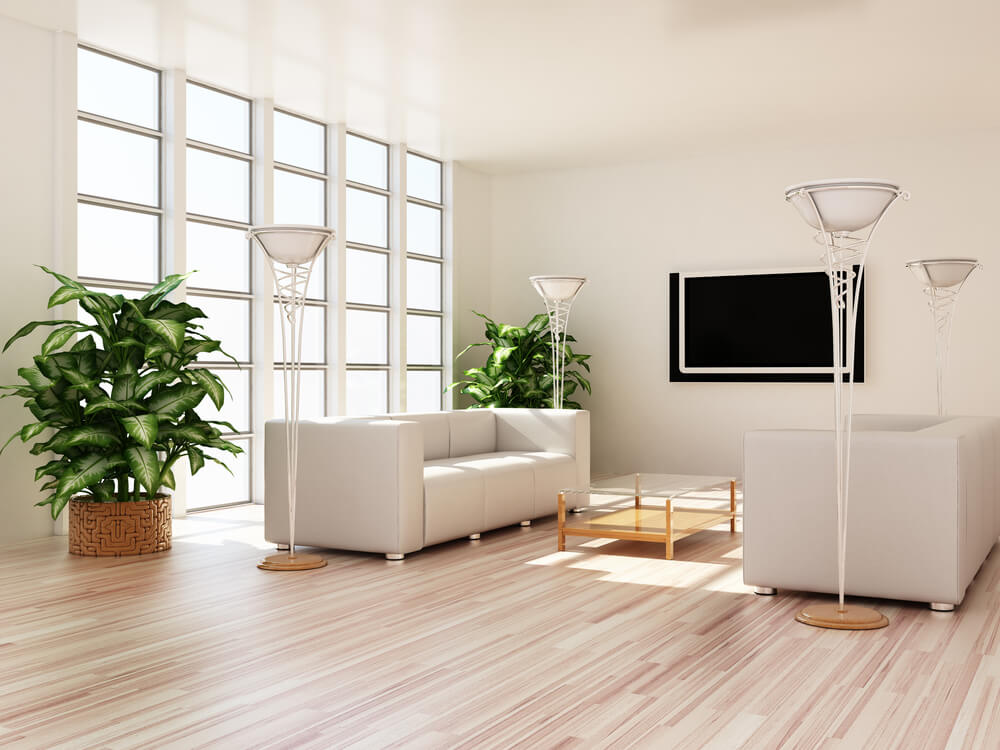
COMFORTBATT® contributes to a healthier indoor environment and the product is proudly GREENGUARD Gold Certified. This means it passed strict criteria to ensure it was acceptable for use in schools and healthcare facilities and was safe to use around sensitive individuals like children and the elderly.
It’s denser for a snugglier fit
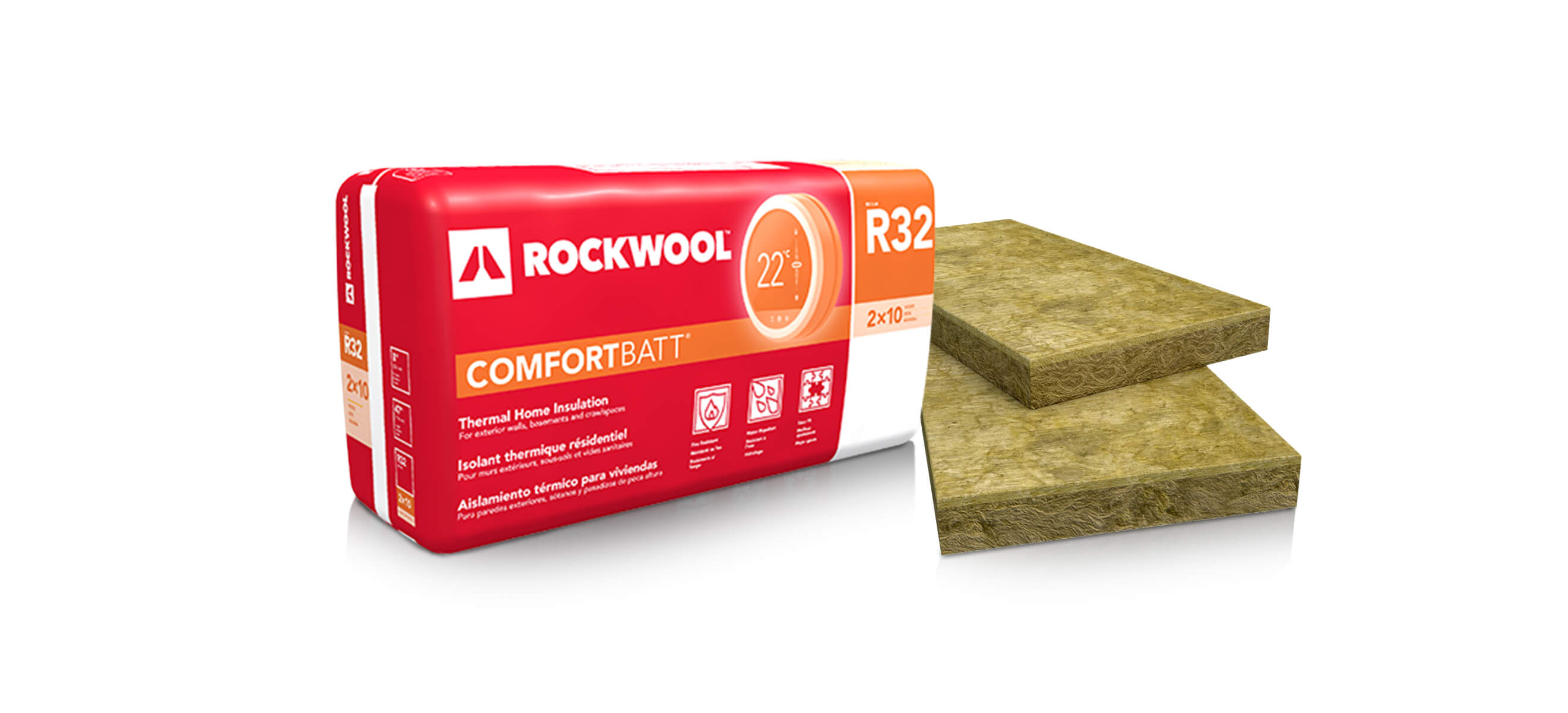
Nobody wants weak insulation that’s flopping around in their walls, barely touching the walls it’s supposed to be insulating. Luckily, ROCKWOOL batts are an average of three times denser than fiberglass batts, so they provide a better fit.
COMFORTBATT® has a unique flexible edge designed to compress as it’s inserted into walls, attics, ceilings and floor frames — and then it springs back, expanding against the frame studs to give a complete fill.
It could protect your family in a fire

Insulation isn’t just about maintaining your home’s temperature and lowering your energy bills — it can literally save lives.
ROCKWOOL batt products are made to fit inside wall or ceiling cavities and are friction fit into place. They contain thermal, acoustic, and fire protection properties, and their fire protection comes from their unique material.
Stone wool (sometimes called mineral wool) was discovered in Hawaii more than 100 years ago. It’s a natural byproduct of volcanic activity, so ROCKWOOL stone wool can withstand temperatures up to 2150º F (1177º C). As an added bonus, it doesn’t contribute to the development and spread of fire or the release of toxic gases.
(Oh, and don’t worry about the folks at ROCKWOOL running out of this cool stuff. Stone wool is basically inexhaustible as the earth makes 38,000 times more rock every year (through volcanic and oceanic activity) than the company uses.)
*******
Questions about insulation, or how to install ROCKWOOL products? Please be sure to ask us in-store, and we’d be glad to help.




